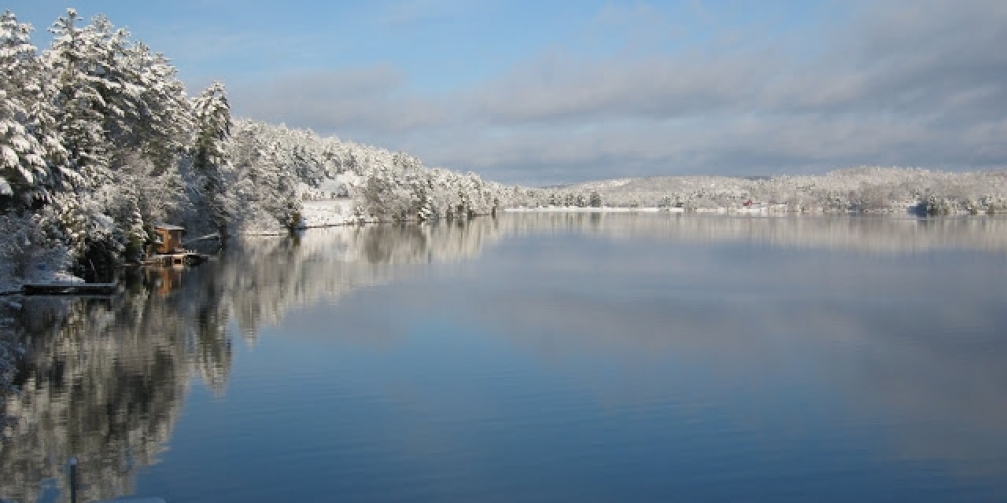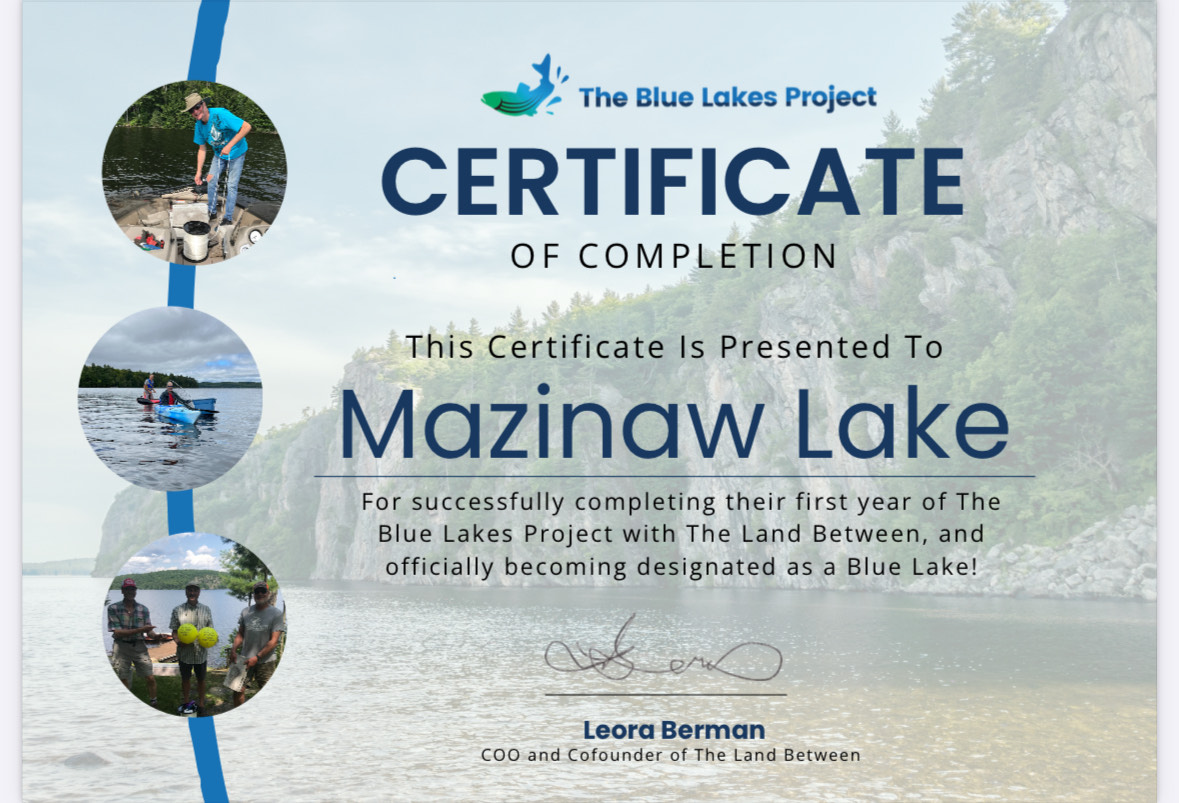News Flashes about our Lake and our Community:
A group of divers is hoping to get to the bottom of an important archeological question, and smash a long-standing record in the process.
The team, from PTO Exploration, will plunge into Mazinaw Lake in Bon Echo Provincial Park on Saturday.
The lake, about 130 kilometres southwest of Ottawa, is home to a collection of Indigenous pictographs painted on a rock face about 1,500 years ago, and diver Kevin Brown believes there may be ancient artifacts lying more than a hundred metres below.
Brown, who's working on his Master's degree in anthropology at the University of Ottawa, believes clay pipes, tobacco offerings and other artifacts left around the time the pictographs were painted may have slipped into the water and sunk to the bottom.
"A single artifact can change the history of Canada," said Brown, whose research focuses on underwater Indigenous artifacts.

Kevin Brown, part of a team that will search for Indigenous artifacts in Mazinaw Lake, says diving under ice presents unique challenges, and potential dangers. (Kevin Brown)
Record-breaking dive
The divers, mostly from Ottawa, will descend through a hole in the lake ice to a depth of 137 metres — a depth that's left the artifacts undiscovered until now.
'We want people to think twice before trying to break this record.'
- Kevin Brown, Diver
In the process, they hope to smash the previous ice diving record of 72 metres, set in 1997 at Lake Témiscouata in Quebec.
"Those are depths we've dived before, but not under ice," Brown said.
Ice diving is more challenging than diving in warmer waters, Brown said. It can also be more dangerous.
"If you leave the rope or you can't find the hole, you become trapped under the ice and it becomes very challenging to find the entrance again," he said.
"We want people to think twice before trying to break this record," Brown said.
Brown said the team will take every precaution, including lines to help the divers find their way, glow sticks visible from 100 metres to help mark the opening, and rescue divers in case anything goes wrong.
"It's about doing it right, or understanding the risk and making sure we do things as safely as possible," Brown said.
Cold greatest enemy
The team practises rebreathing, a type of diving that recycles the divers' air and allows them to stay underwater longer. They're hoping to use the dive as a trial for a trip to the Arctic in August.
Typically divers worry about depth and decompression accidents, according to Brown. But here the frigid water will be the enemy.
"I think the cold is the biggest obstacle of all," Brown said. "It changes the decompression schedule.... Not only that, you're fighting hypothermia the whole time."
To combat the cold the divers will use battery-powered heated suits.
The rock face at Mazinaw Lake, which derives its name from the Algonquin word for "painted rock," features 260 pictographs.
If Brown and his team do find Indigenous artifacts, they'll take only pictures, at least on this exploratory trip, he said.









